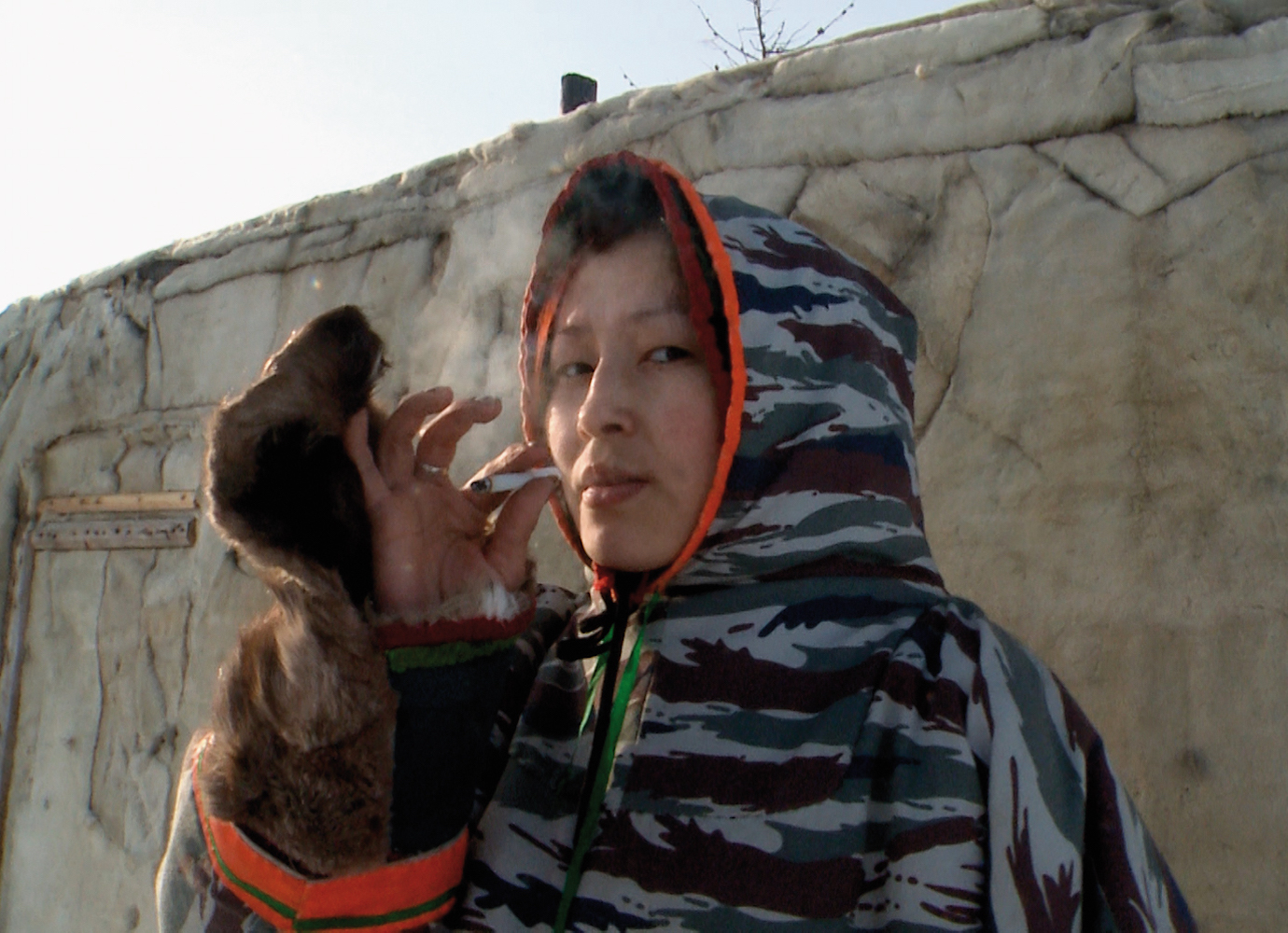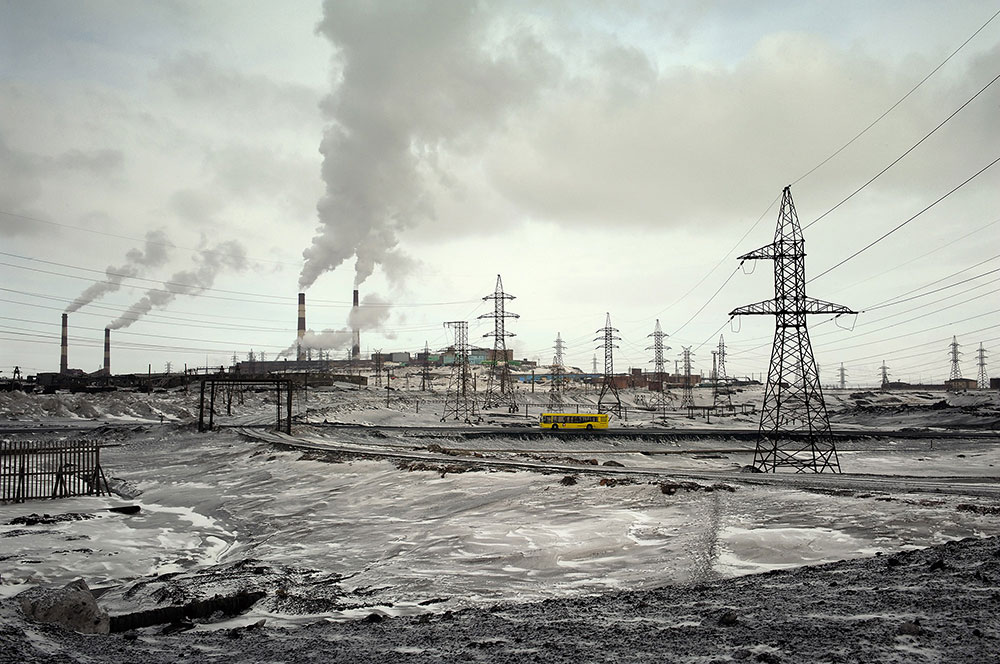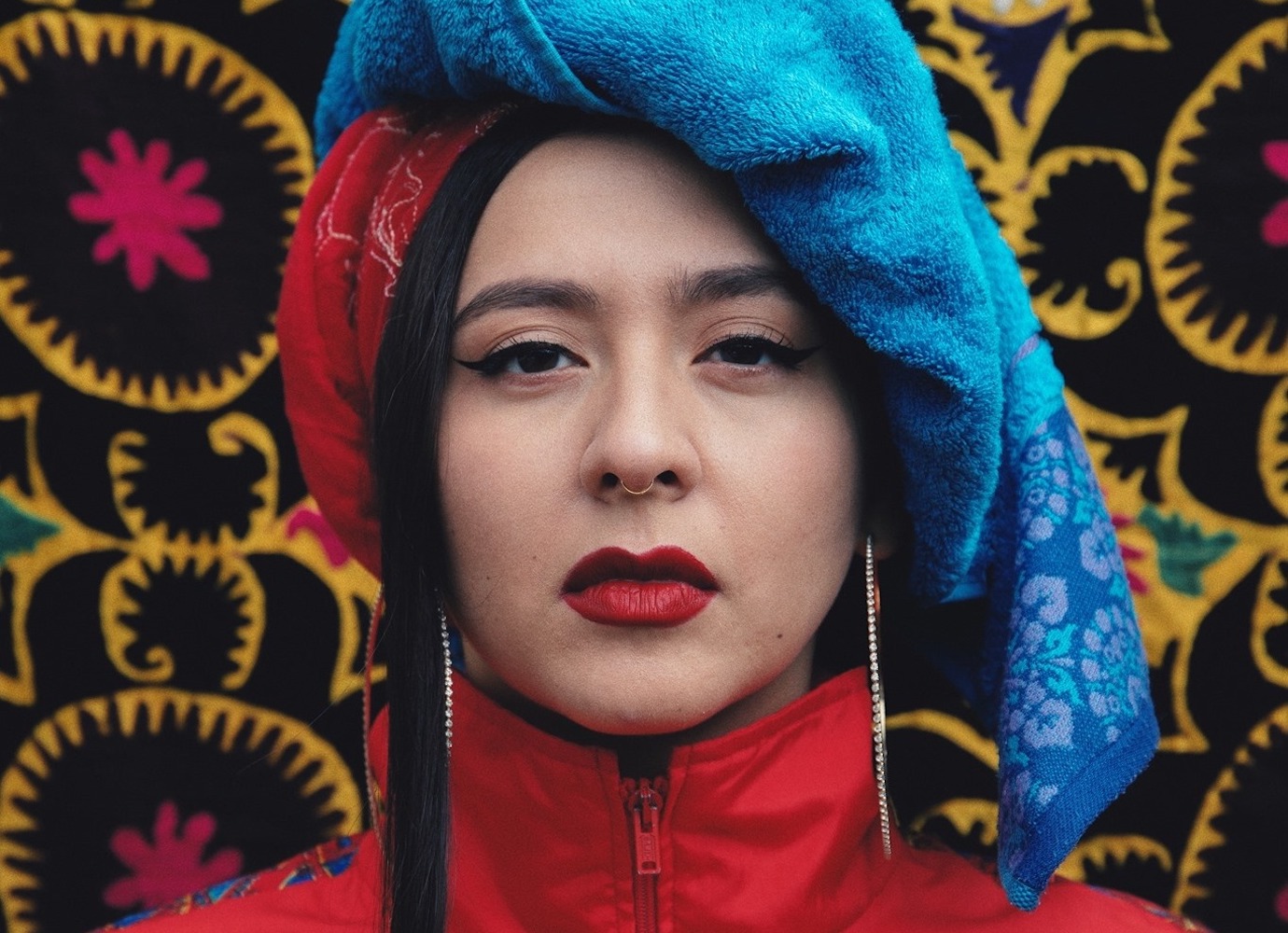Set in the Russian Far North, Life of Ivanna is an unflinching portrait of resilience in the face of climate change

World-premiered in the Dox:Award strand of this year’s CPH:DOX, Guatemalan filmmaker Renato Borrayo Serrano’s documentary Life of Ivanna is a bold, unflinching portrait of a Nenets woman facing the difficult reality of climate change.
Twenty-six-year-old Ivanna is a chainsmoker and a mother of five. A member of the Nenets people indigenous to Russia’s Far North, she lives in a cabin covered in reindeer skin and perched on skis, a tiny home amid the vast and inhospitable tundra just above the Arctic Circle. Yet the seemingly eternal landscape is undergoing rapid change. Climate change is exacerbating the already ferocious snowstorms and weather to make the environment ever more inhospitable. Reindeer herding — on which Ivanna and hundreds of other Nenets people rely for food, transport, shelter and clothing — is becoming untenable. Faced with both an increasingly adverse climate, and the trials and tribulations of her personal life, Ivanna is forced to make an unthinkable decision: leaving her nomadic Nenets lifestyle and emigrating to Dudinka, the nearest city.
Directed by Guatemalan filmmaker Renato Borrayo Serrano, Life of Ivanna follows its namesake protagonist as she journeys through the most difficult of transitions. Yet far from being an ethnographic study of Nenets living, or a voyeuristic story of tragedy, the documentary masterfully crafts an unflinching portrait of a strong young woman who, despite countless obstacles, decisively commits to taking care of her family.
The director’s meeting with Ivanna was by chance. Borrayo Serrano’s wife [Daria Sidorova, one of the film’s directors of photography] was born in Dudinka, the same port city to which Ivanna relocates. But the area is on the Taymyr Peninsula, a “closed territory” where foreign citizens need a special permit in order to enter. It wasn’t until the director was invited to the city to teach a workshop that he was given the chance to speak to local fishermen and reindeer herders from the tundra, one of whom happened to be Ivanna’s brother. “Then, I met Ivanna with her children, by chance, in a shop in Dudinka,” he tells The Calvert Journal during an online chat. “The next day, my wife and I were already travelling to her place.”
The film, shot over the course of four years, intersperses snapshots of Ivanna’s daily life with letters – read aloud by the protagonist herself – which gradually disclose details of her turbulent past. Through her testimony, we learn that when Ivanna went to boarding school — a common path for children living in remote parts of Russia — she didn’t know how to climb stairs because she had simply never encountered them before. Later, Ivanna’sr family took in Gena, her now ex-husband, after his parents drowned, and she started living with him at the age of 14. At the age of 16, she became pregnant, and dropped out of school.
Yet the film mostly focuses on the present moment. Gena himself appears halfway through the film, after leaving the family in an unsuccessful attempt to get a job with Gazprom in another town some 200 km away. While there, he develops an addiction to alcohol , and his abusive behaviour when Ivanna makes the tough journey to visit him is the final straw for her marriage. This, and the desire to give her children a better life, ultimately pushes her to emigrate to Dudinka.
Life of Ivanna successfully captures the everyday microcosm of a young family navigating stormy seas. Hand-held shots depict the vast, desolate landscape of the tundra, and the contrast it provides with their claustrophobic home. Images flit between a hungry black cat, the children’s bickering, and the family’s improvised meal of raw, warm reindeer liver, the animal’s blood hastily drunk before it spills on the snow. But what truly stands out in Life of Ivanna is the enigmatic yet starkly honest portrayal of Ivanna’s character: a woman whose life decisions and strength are incredible. With her unflinching, spontaneous gaze to the camera, she neither allows us to pity her, or to doubt her strength.
Borrayo Serrano says his intention was never to make an ethnographic study. “My goal was to establish a human relationship and let reality reveal itself to me,” he explains. It was this approach, along with his decision not to hide the camera, but to let his subjects freely interact with it or ignore it, which allowed him to imbue the documentary with a sense of truth. While the commentary on capitalism and the impending threat of climate change, are subtly felt, the film is, ultimately, about the life of Ivanna, her journey from the tundra to Dudinka, and her powerful epitome of human resilience.


